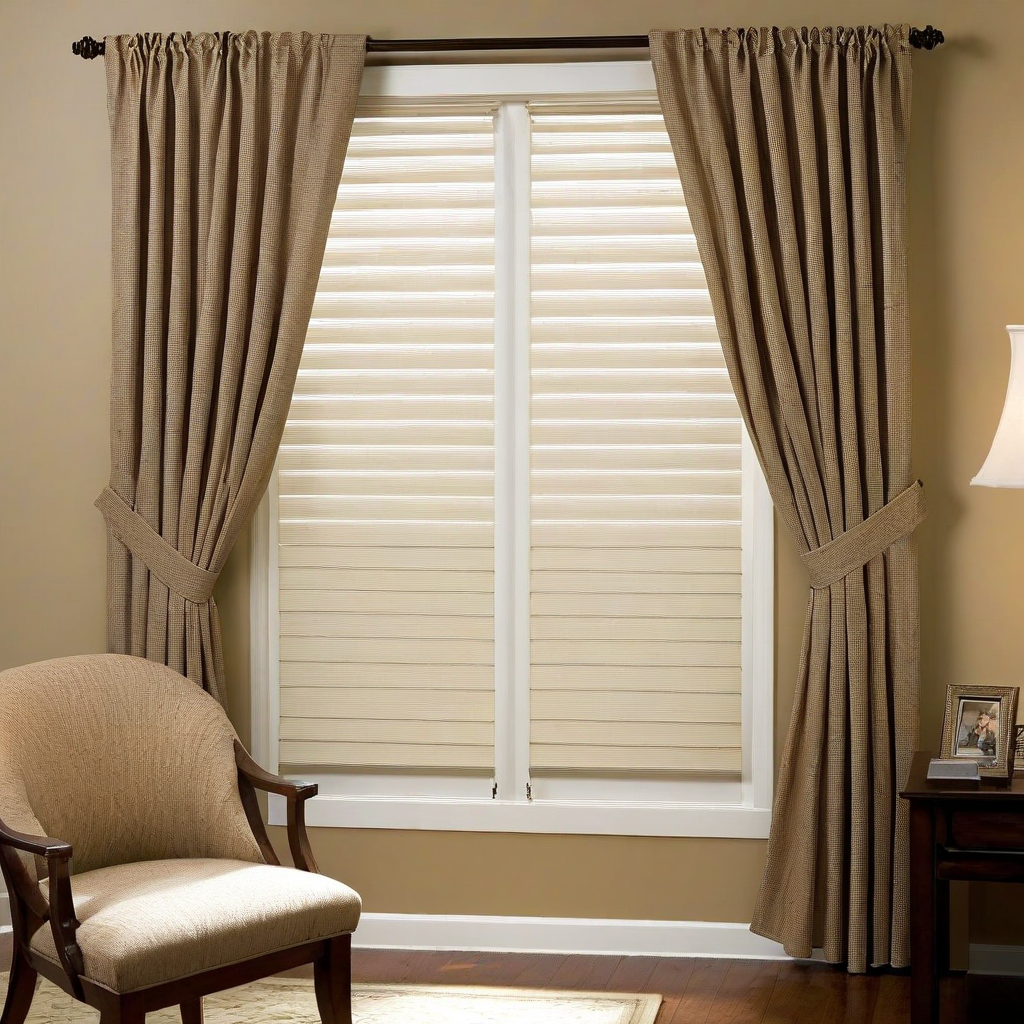Different types of windows coverings and their pros and cons
When it comes to window treatments, there are numerous options to choose from, each with its own unique characteristics, advantages, and disadvantages. Here’s a comprehensive overview of different types of window coverings and their pros and cons:
- Blinds
- Pros: Affordable, easy to install, adjustable slats for customized light control.
- Cons: Can be noisy when opened or closed, may obstruct view if not properly aligned.
- Shades
- Pros: Soften harsh sunlight, provide privacy, come in various materials and styles (e.g., cellular, Roman, roller).
- Cons: May not be suitable for large windows, can be expensive for custom designs.
- Curtains
- Pros: Can add a touch of elegance to a room, easy to install and replace, available in a wide range of materials and colors.
- Cons: Can block natural light, may require additional hardware (e.g., rods) for proper function.
- Drapes
- Pros: Classic, timeless design; can be used to add color and texture to a room; easy to install.
- Cons: Can be bulky, may not provide adequate light blocking or insulation.
- Awnings
- Pros: Effective at reducing heat gain in summer and heat loss in winter, provides shade without obstructing views.
- Cons: May require professional installation, can be expensive for large windows or custom designs.
- Solar Shades
- Pros: Blocks UV rays while allowing natural light to pass through; energy-efficient; easy to install.
- Cons: May not provide complete darkness, can be noisy when exposed to wind or weather.
- Panel Glides
- Pros: Sleek, modern design; allows for easy opening and closing; provides excellent insulation and light control.
- Cons: Can be expensive, may require professional installation for large windows.
- Cellular Shades
- Pros: Energy-efficient, reduces heat gain in summer and heat loss in winter; softens sunlight; available in various materials (e.g., honeycomb).
- Cons: May not provide complete darkness, can be noisy when opened or closed.
- Plantation Shutters
- Pros: Classic design; provides excellent light control and insulation; durable and long-lasting.
- Cons: Can be expensive for large windows or custom designs; may require professional installation.
When choosing the right window covering for your home, consider factors such as:
- Natural Light: How much sunlight do you want to let in?
- Privacy: Do you need to block views from outside or maintain a sense of seclusion?
- Energy Efficiency: Are you looking to reduce heat gain in summer or heat loss in winter?
- Aesthetics: What style and design appeal to you?
- Functionality: Do you want easy opening and closing, or a more static solution?
By weighing these factors against the pros and cons of each window covering type, you’ll be well on your way to finding the perfect solution for your home.

